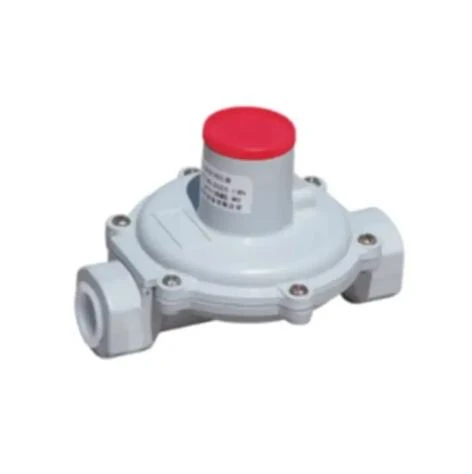
Nov . 24, 2024 18:31
Back to list
relief valve
Understanding Relief Valves A Key Component in Pressure Control
Relief valves play a crucial role in various industrial applications, ensuring safe operations by regulating pressure within systems. These devices are engineered to automatically release pressure when it exceeds a predefined threshold, thereby protecting equipment, pipelines, and most importantly, the safety of personnel.
At the core of a relief valve's function is its ability to maintain system pressure within a specified range. In many industries, including oil and gas, chemical manufacturing, and water treatment, pressure variations can lead to catastrophic failures if not properly managed. Relief valves act as a safeguard, preventing overpressure scenarios that could result in leaks, explosions, or equipment damage.
The design of relief valves is based on a few essential principles. Typically, they are spring-loaded devices that respond to changes in pressure. When the pressure in a system rises above the set point, the force exerted on the valve’s disk overcomes the spring tension, allowing the valve to open. This opening releases fluid or gas from the system, thereby reducing pressure back to safe levels. Once the pressure drops, the spring returns the valve to its closed position, ready to respond again if necessary.
There are several types of relief valves, each suited for different applications
. The most common types include1. Spring-Loaded Relief Valves These are the most widely used type. They operate by balancing the spring force against the pressure in the system, making them highly effective for various tasks.
relief valve

2. Pilot-Operated Relief Valves These valves utilize a smaller pilot valve to control a larger main valve. They can handle high flows and provide more precise control, making them suitable for larger systems.
3. Differential Relief Valves Designed to maintain a specific pressure differential between two points in a system, these valves are particularly useful in applications where maintaining flow direction is critical.
The selection of an appropriate relief valve depends on several factors, including the specific application, the type of fluids being handled, and the required pressure settings. Engineers must consider the valve's material, size, and flow capacity to ensure optimal performance and safety.
When implementing relief valves, regular maintenance and testing are essential. Over time, wear and tear can affect the valve’s operational reliability. Routine inspections help identify potential issues such as corrosion, blockages, or mechanical failures. Ensuring that relief valves are in good working condition is vital for the overall safety of a system.
Moreover, the installation of relief valves must comply with industry standards and regulations. Many industries follow guidelines set by organizations such as the American National Standards Institute (ANSI) and the American Society of Mechanical Engineers (ASME). Adhering to these regulations ensures that the relief valves meet safety and performance standards, providing an additional layer of protection against overpressure incidents.
In conclusion, relief valves are indispensable components in pressure management systems across various industries. Their ability to proactively release pressure protects equipment and enhances safety in operations. Understanding the types, functions, and maintenance requirements of these valves is crucial for engineers and operators alike. With the right knowledge and practices, relief valves can significantly contribute to the reliability and safety of complex industrial systems. Whether in chemical plants or manufacturing facilities, investing in quality relief valves and ensuring their proper operation is a fundamental aspect of effective pressure control.
Latest news
-
Safety Valve Spring-Loaded Design Overpressure ProtectionNewsJul.25,2025
-
Precision Voltage Regulator AC5 Accuracy Grade PerformanceNewsJul.25,2025
-
Natural Gas Pressure Regulating Skid Industrial Pipeline ApplicationsNewsJul.25,2025
-
Natural Gas Filter Stainless Steel Mesh Element DesignNewsJul.25,2025
-
Gas Pressure Regulator Valve Direct-Acting Spring-Loaded DesignNewsJul.25,2025
-
Decompression Equipment Multi-Stage Heat Exchange System DesignNewsJul.25,2025

